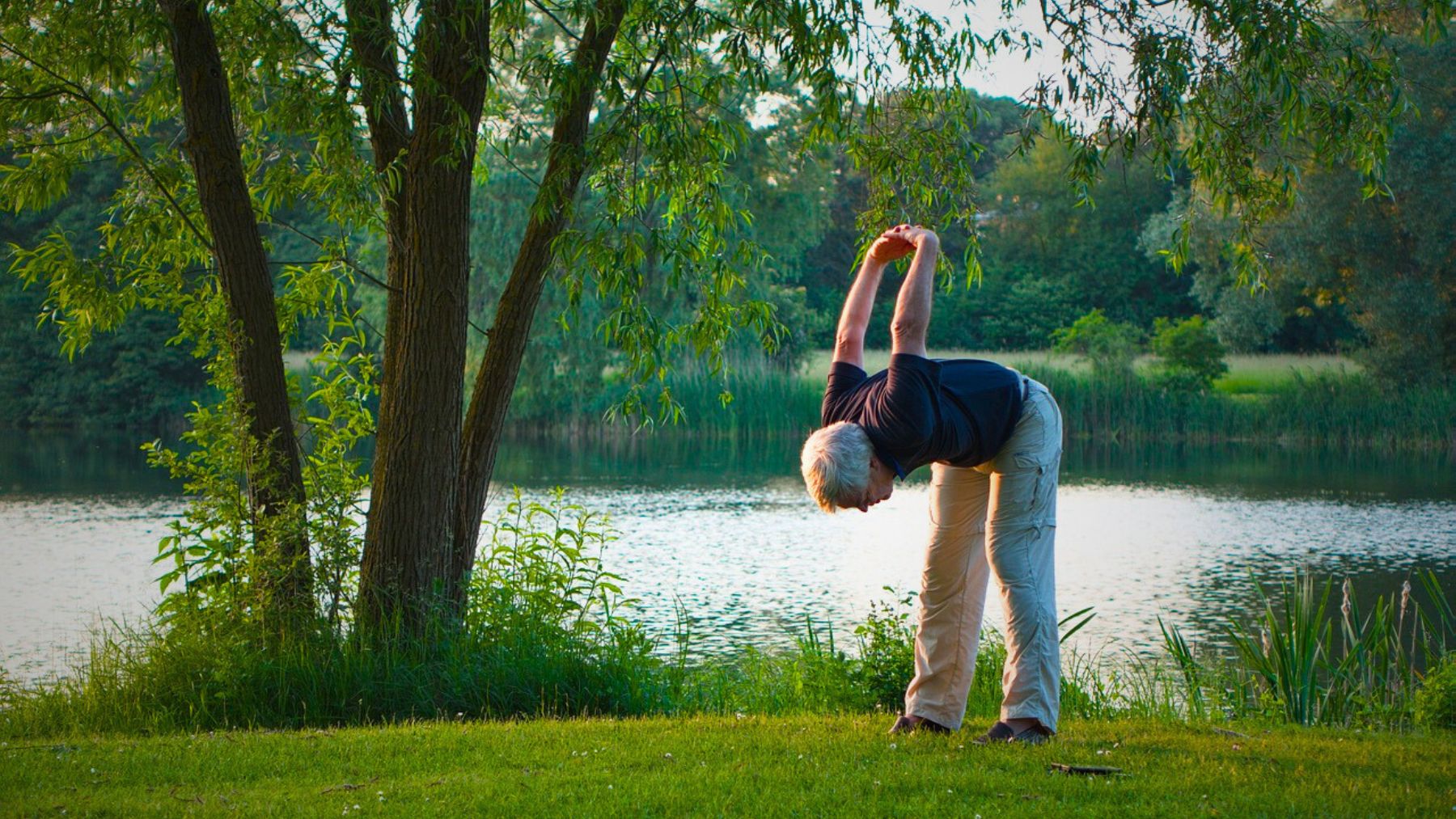After 60, many retirees start noticing joint pain, slower metabolism, and even unexpected health issues like diabetes or high cholesterol. While staying active is essential, not all exercises provide the same benefits as we age. Álvaro Puche, a well-known personal trainer argues that two of the most popular activities—walking and swimming—aren’t enough to maintain long-term health.
His approach focuses on a type of exercise that supports muscle and bone health, both crucial factors for preventing decline during the golden years. While walking and swimming are great for heart health, they don’t do enough to combat muscle loss, which becomes a major issue after 60. Instead, he recommends an alternative that many older adults tend to overlook. Let’s discover what he says.
The exercise retirees should prioritize after 60
If you want to maintain strength and mobility as you age, strength training is non-negotiable. Lifting weights or doing bodyweight exercises helps prevent sarcopenia, the gradual loss of muscle mass and strength that comes with aging. Without this sort of training, everyday tasks like carrying groceries, climbing stairs, or even getting up from a chair can become more difficult over time.
Strength training also improves bone density, reducing the risk of osteoporosis and fractures. This is especially important because our bones naturally become less dense and more susceptible to breaks with time. By incorporating this training into your routine, you can significantly lower the chances of such injuries.
Additionally, strength training helps regulate metabolism, which tends to slow down, making it easier to maintain a healthy weight. Beyond the physical benefits, it has been shown to improve memory and mental clarity.
The best part is that you can get started with simple exercises like squats, lunges, push-ups, and resistance band workouts, which can be done at home with minimal equipment. You can also adapt them to your fitness level, ensuring you can build strength safely.
More ways for retirees to stay healthy
While strength training should be a priority, a well-rounded routine includes other forms of movement too. Here are some additional ways retirees can stay active and healthy:
- Balance and flexibility exercises, like yoga and tai chi, help improve balance and reduce the risk of falls and injuries.
- Functional training involves movements that mimic everyday activities, like step-ups or carrying weighted objects, making daily life easier and keeping you mobile longer.
- Cardio workouts, such as walking, swimming, or cycling, still have their place for heart health. You just need to pair them with strength exercises.
- Body-engaging activities, like gardening, dancing, and playing with grandkids, keep you moving without feeling like a workout.
While walking and swimming are beneficial, they shouldn’t be the only forms of exercise you rely on. Strength training is the key to maintaining muscle, bone density, and overall health after 60. Aim to incorporate it into your routine at least two to three times a week for the best results. A combination of strength, balance, and cardio workouts will help you stay strong, independent, and full of energy for years to come.
